Renault Captur vs Tesla Model 3 – Which car suits you better?
Both models have their strengths – but which one suits you more?
Compare performance, efficiency, price and space directly: Renault Captur or Tesla Model 3?
Costs and Efficiency:
Price and efficiency are key factors when choosing a car – and this is often where the real differences emerge.
Renault Captur has a decisively advantage in terms of price – it starts at 20100 £, while the Tesla Model 3 costs 34300 £. That’s a price difference of around 14143 £.
Engine and Performance:
Under the bonnet, it becomes clear which model is tuned for sportiness and which one takes the lead when you hit the accelerator.
When it comes to engine power, the Tesla Model 3 has a convincingly edge – offering 460 HP compared to 158 HP. That’s roughly 302 HP more horsepower.
In acceleration from 0 to 100 km/h, the Tesla Model 3 is decisively quicker – completing the sprint in 3.10 s, while the Renault Captur takes 8.50 s. That’s about 5.40 s faster.
In terms of top speed, the Tesla Model 3 performs evident better – reaching 262 km/h, while the Renault Captur tops out at 180 km/h. The difference is around 82 km/h.
There’s also a difference in torque: Tesla Model 3 pulls clearly stronger with 660 Nm compared to 270 Nm. That’s about 390 Nm difference.
Space and Everyday Use:
Beyond pure performance, interior space and usability matter most in daily life. This is where you see which car is more practical and versatile.
Both vehicles offer seating for 5 people.
In curb weight, Renault Captur is convincingly lighter – 1293 kg compared to 1822 kg. The difference is around 529 kg.
In terms of boot space, the Tesla Model 3 offers distinct more room – 594 L compared to 422 L. That’s a difference of about 172 L.
When it comes to payload, Renault Captur clearly perceptible takes the win – 457 kg compared to 333 kg. That’s a difference of about 124 kg.
Who comes out on top?
Overall, the Tesla Model 3 shows itself to be outperforms in nearly all aspects and secures the title of DriveDuel Champion.
It convinces with the more balanced overall package and proves to be the more versatile choice for everyday use.
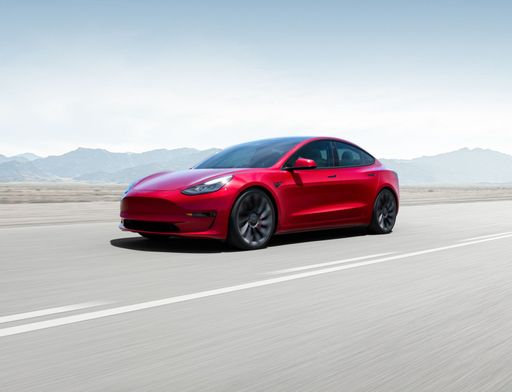 @ tesla.com
@ tesla.com
Tesla Model 3
Renault Captur
The Renault Captur is a compact SUV that combines stylish design with practical functionality, making it a popular choice for urban drivers. Its interior offers a versatile and comfortable space, featuring high-quality materials and modern technology. On the road, the Captur delivers a smooth and efficient driving experience, perfect for both city commutes and weekend adventures.
details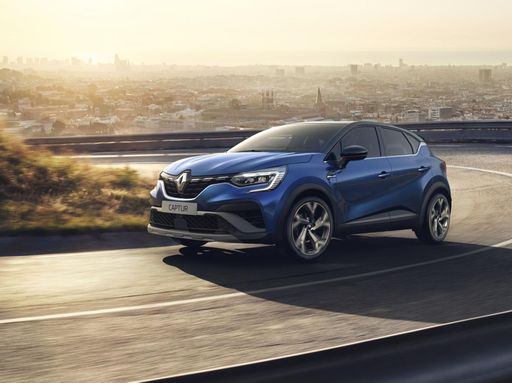 @ renault-presse.de
@ renault-presse.de
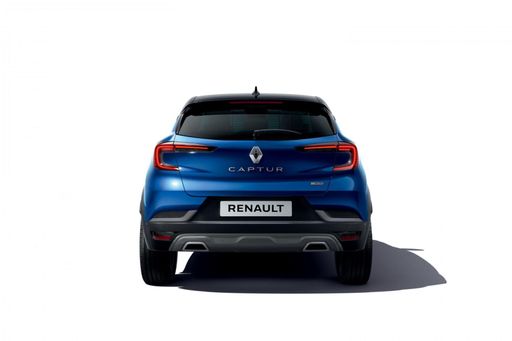 @ renault-presse.de
@ renault-presse.de
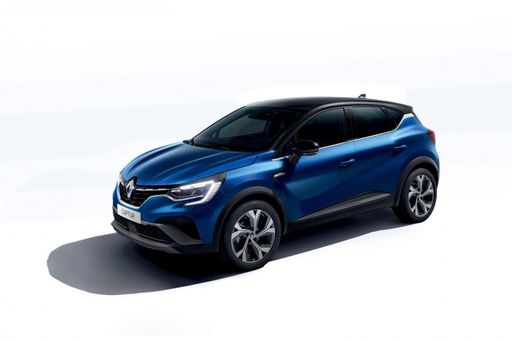 @ renault-presse.de
@ renault-presse.de
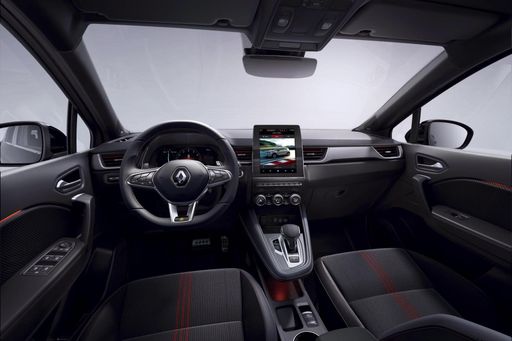 @ renault-presse.de
@ renault-presse.de
Tesla Model 3
The Tesla Model 3 stands out in the electric vehicle market with its sleek design and impressive performance capabilities. It offers a seamless driving experience that combines advanced technology with minimalistic interiors, creating a futuristic feel on the road. Additionally, its range and charging infrastructure make it a practical choice for both city commuting and longer journeys.
details @ tesla.com
@ tesla.com
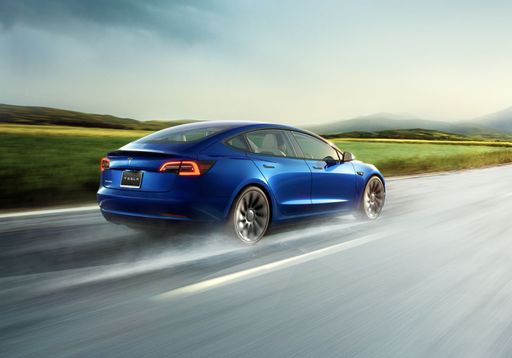 @ tesla.com
@ tesla.com
 @ tesla.com
@ tesla.com
 @ tesla.com
@ tesla.com
 @ renault-presse.de
@ renault-presse.de
|
 @ tesla.com
@ tesla.com
|
|
|
|
Costs and Consumption |
|
|---|---|
|
Price
20100 - 28300 £
|
Price
34300 - 50100 £
|
|
Consumption L/100km
4.5 - 6 L
|
Consumption L/100km
-
|
|
Consumption kWh/100km
-
|
Consumption kWh/100km
13.2 - 16.7 kWh
|
|
Electric Range
-
|
Electric Range
513 - 702 km
|
|
Battery Capacity
-
|
Battery Capacity
64.5 - 79 kWh
|
|
co2
102 - 135 g/km
|
co2
0 g/km
|
|
Fuel tank capacity
48 L
|
Fuel tank capacity
-
|
Dimensions and Body |
|
|---|---|
|
Body Type
SUV
|
Body Type
Sedan, Hatchback
|
|
Seats
5
|
Seats
5
|
|
Doors
5
|
Doors
4 - 5
|
|
Curb weight
1293 - 1514 kg
|
Curb weight
1822 - 1929 kg
|
|
Trunk capacity
326 - 422 L
|
Trunk capacity
594 L
|
|
Length
4239 mm
|
Length
4720 - 4724 mm
|
|
Width
1797 mm
|
Width
1850 mm
|
|
Height
1575 mm
|
Height
1431 - 1440 mm
|
|
Max trunk capacity
1276 - 1363 L
|
Max trunk capacity
-
|
|
Payload
376 - 457 kg
|
Payload
303 - 333 kg
|
Engine and Performance |
|
|---|---|
|
Engine Type
Petrol MHEV, Petrol, Full Hybrid
|
Engine Type
Electric
|
|
Transmission
Manuel, Automatic
|
Transmission
Automatic
|
|
Transmission Detail
Manual Gearbox, Dual-Clutch Automatic, Automatic Gearbox
|
Transmission Detail
Reduction Gearbox
|
|
Drive Type
Front-Wheel Drive
|
Drive Type
Rear-Wheel Drive, All-Wheel Drive
|
|
Power HP
91 - 158 HP
|
Power HP
283 - 460 HP
|
|
Acceleration 0-100km/h
8.5 - 14.3 s
|
Acceleration 0-100km/h
3.1 - 6.1 s
|
|
Max Speed
168 - 180 km/h
|
Max Speed
201 - 262 km/h
|
|
Torque
160 - 270 Nm
|
Torque
420 - 660 Nm
|
|
Number of Cylinders
3 - 4
|
Number of Cylinders
-
|
|
Power kW
67 - 116 kW
|
Power kW
208 - 338 kW
|
|
Engine capacity
999 - 1789 cm3
|
Engine capacity
-
|
General |
|
|---|---|
|
Model Year
2024 - 2025
|
Model Year
2023 - 2024
|
|
CO2 Efficiency Class
D, C
|
CO2 Efficiency Class
A
|
|
Brand
Renault
|
Brand
Tesla
|
What drive types are available for the Renault Captur?
The Renault Captur is offered with Front-Wheel Drive.
The prices and data displayed are estimates based on German list prices and may vary by country. This information is not legally binding.
